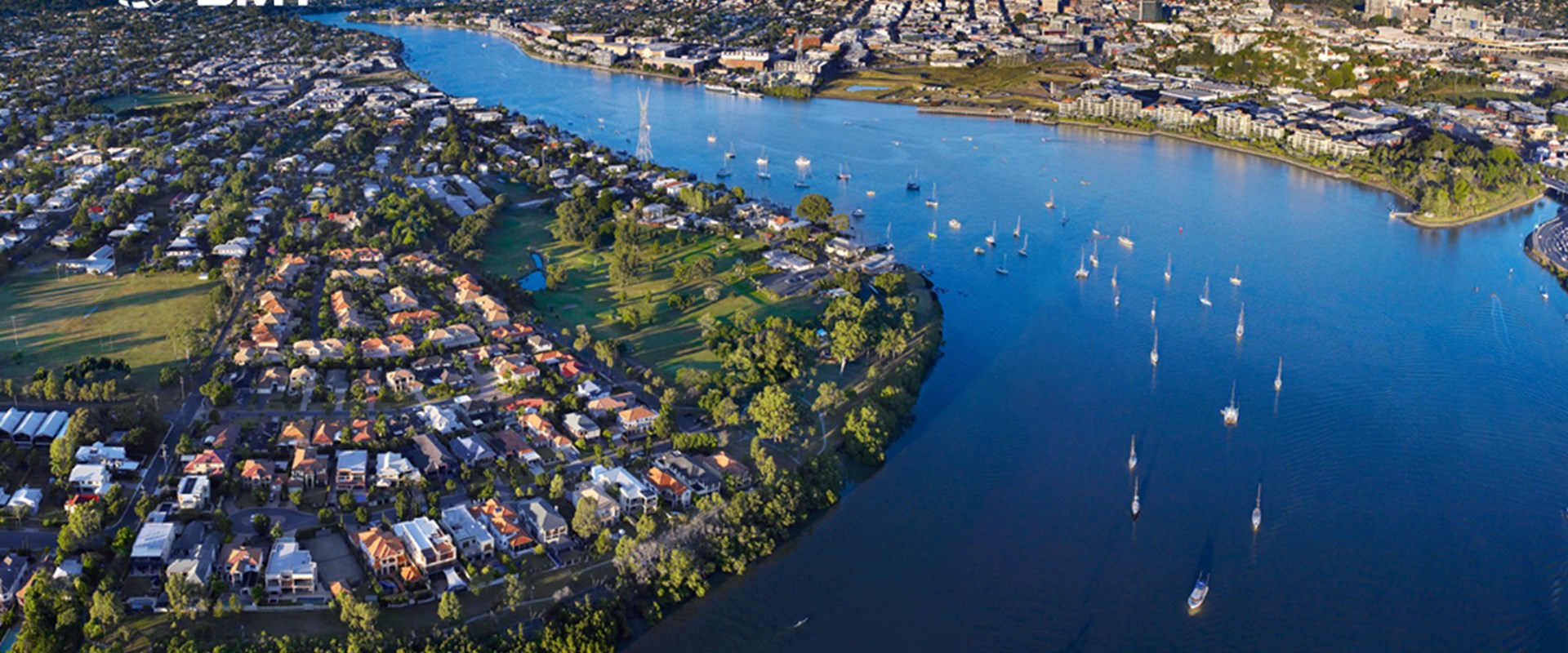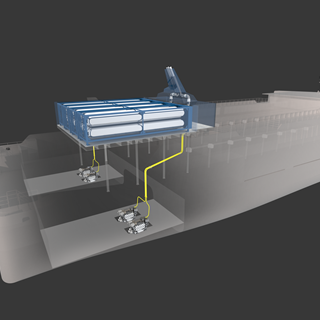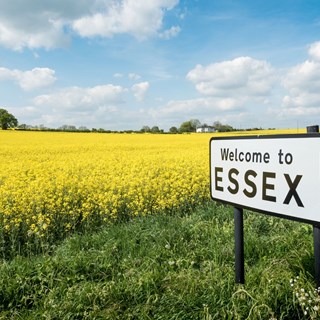
Brisbane river catchment flood study
The Brisbane River Catchment Flood Study (BRCFS) was one of the most extensive and most complex flood studies ever undertaken in Australia.
4 December 2018


17 April 2024
Dr Tim Curtis has been recognised as a Fellow of the Systems & Complexity in Organisation (SCIO) professional body. This distinguished professional qualification highlights the significant recognition of Tim's expertise and dedication to supporting organisations with complex social & environmental challenges over a 30-year career, emphasising his crucial contributions to practice of systems thinking and complexity science in global management and leadership.

30 November 2023
BMT and PA Consulting collaborate on groundbreaking study: Retrofitting medium-sized Ro-Pax ferries with hydrogen propulsion technology

29 June 2022
BMT was awarded a contract by the London Borough of Waltham Forest to build a surface water flood risk model covering the entire Borough.

7 June 2021
BMT has been awarded a project by Essex County Council (ECC) in the UK to assist with the development of flood alleviation measures from surface water flooding within three Critical Drainage Areas (CDA) identified by BMT within the County.